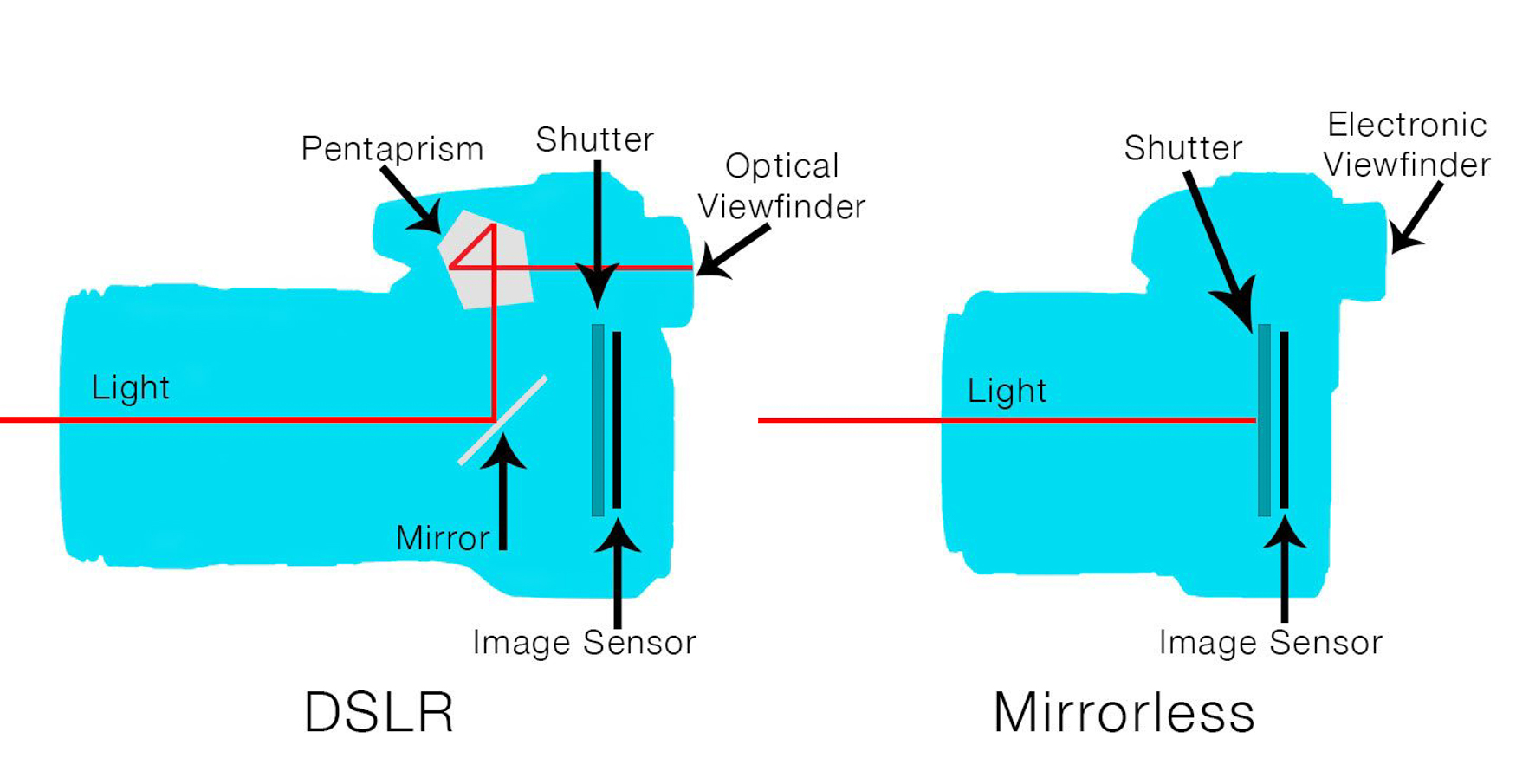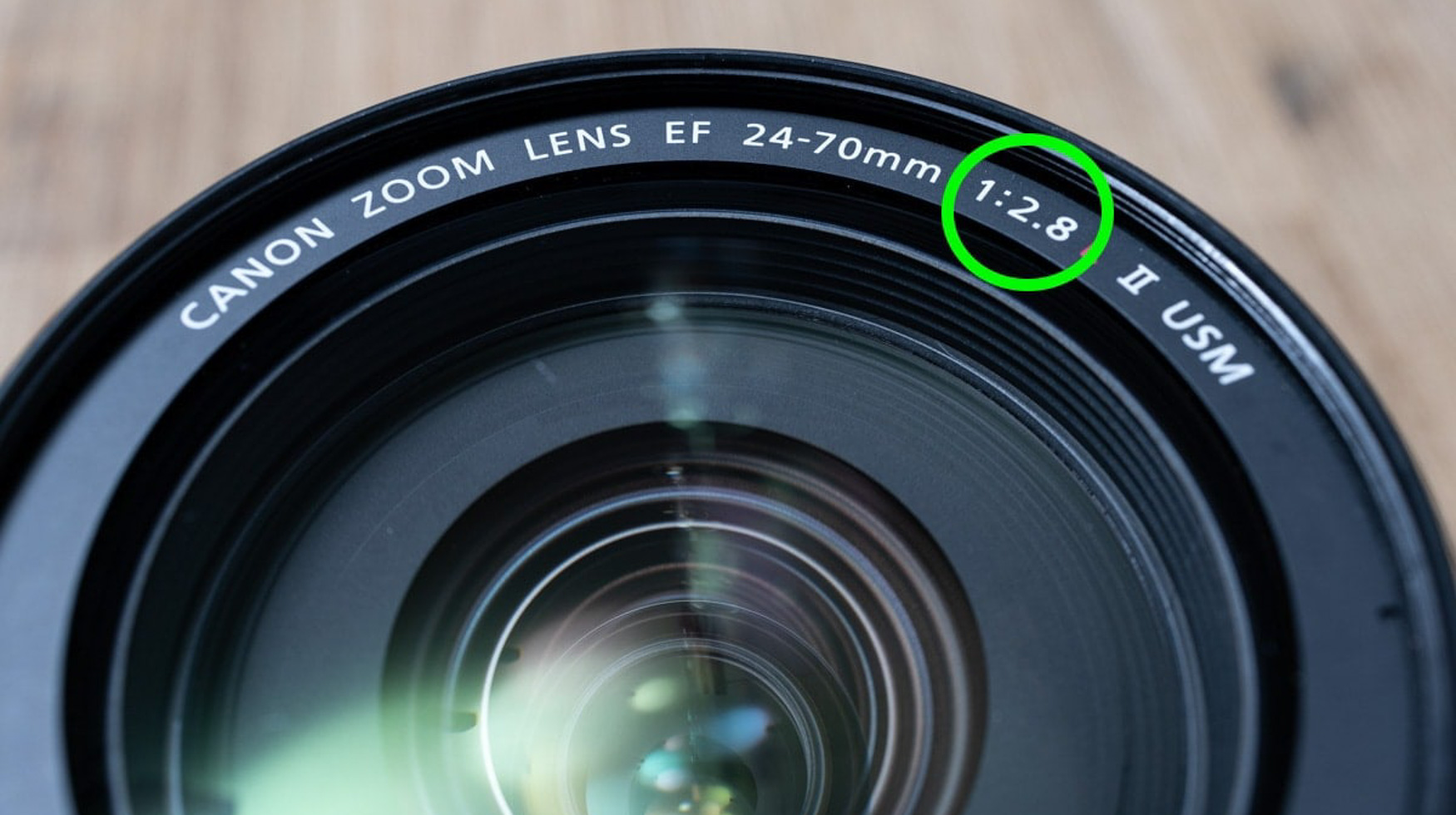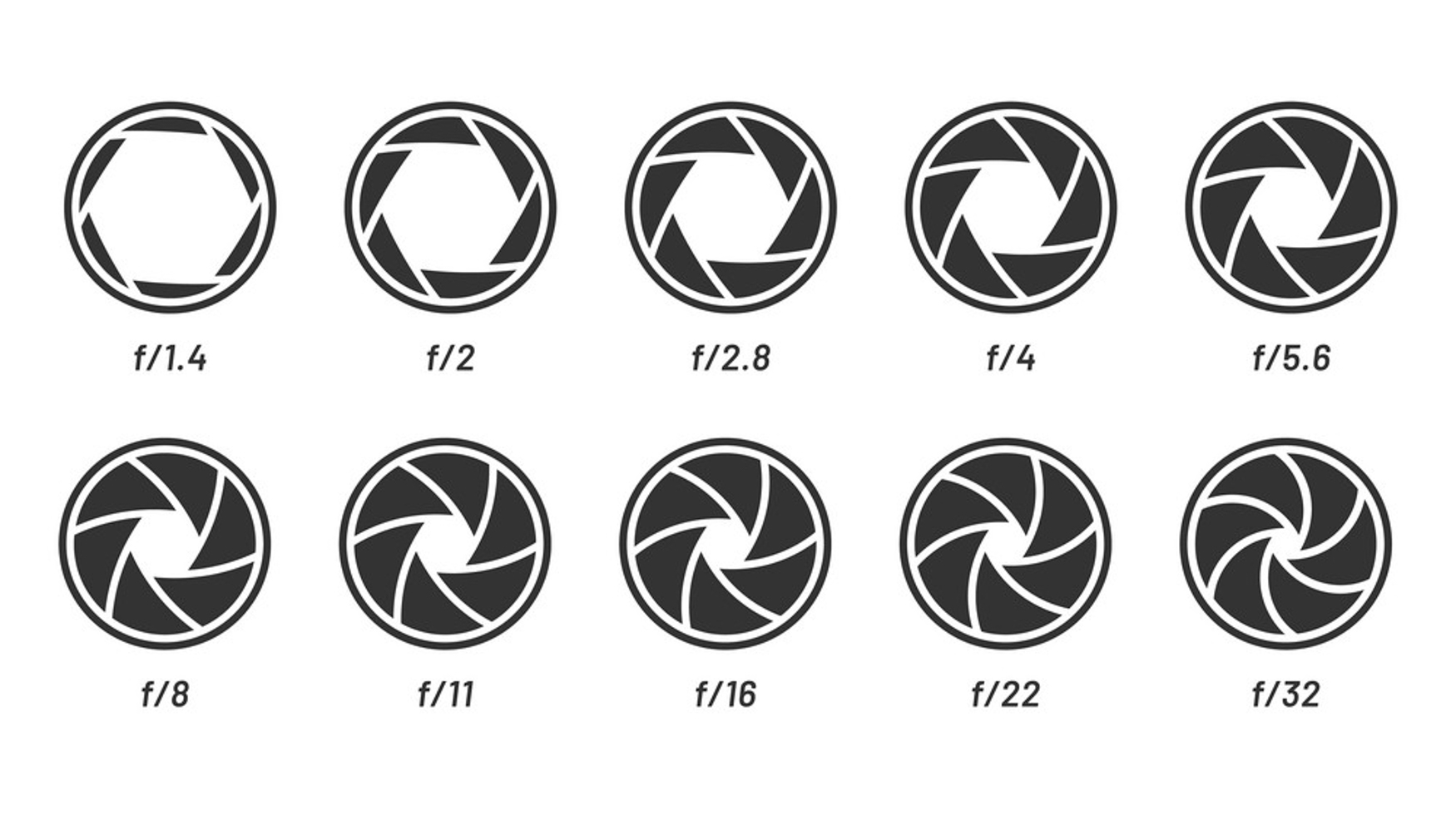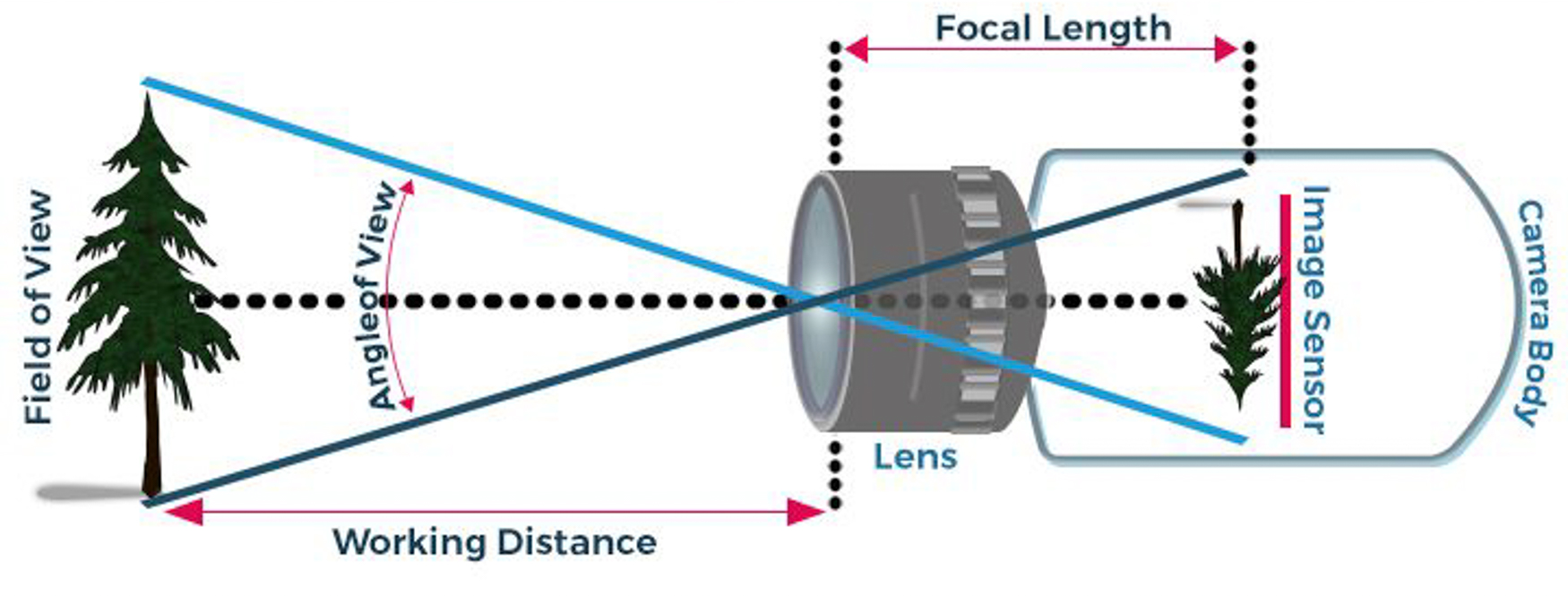Are you already intimidated? No need to worry. The science of lenses is not as scary as it seems. It can go really deep but in this blog I’d like to simplify this for you somewhat. I would like to help you understand lenses better and/or provide you with a bit of information that may help when you look in to purchasing new glass.
So let’s try this again without you running away…
The Science Of Lenses
When it comes to photography, the lens is one of the most important elements in the process. It is the iris of the camera that allows light in in order to create an image on the sensor.

Without a lens, a camera would be nothing more than a light-tight box. Understanding the science of lenses in photography can help you to take better photos and unlock the full potential of your camera.
The first thing to understand about lenses is that they are made up of multiple glass elements. These elements are designed to bend light in a specific way, allowing the lens to focus the light onto the camera's sensor.
The number of elements and the way they are arranged can have a significant impact on the quality of the image. For example, a lens with more elements will typically produce sharper images, while a lens with fewer elements may produce images with more distortion.
One of the most important aspects of a lens is its aperture. When looking at purchasing a lens, this is the most important thing to look for in my opinion. The aperture of the lens can be see either on the front of the lens and/or on the side of the lens.


The aperture is the opening that controls the amount of light that enters the lens. The size of the aperture is measured in f-stops, and the lower the f-stop, the larger the aperture. Lenses with larger apertures are able to let in more light, which is useful in low-light situations. Additionally, larger apertures can produce a shallow depth of field, which can be used to create beautiful bokeh in portraits or other images.

f/2.8 - Shallow Depth

f/16 - Large Depth

The lenses focal length is another important aspect. The focal length is the distance between the lens and the image sensor when the lens is focused at infinity. The focal length of a lens is measured in millimetres and it can have a significant impact on the image. For example, a wide-angle lens will have a shorter focal length and produce a wider angle of view, while a telephoto lens will have a longer focal length and produce a narrower angle of view.

One very helpful feature of a lens is the ability to zoom. Zoom lenses allow you to change the focal length of the lens, allowing you to zoom in or out on a scene. This can be useful for capturing distant subjects or for isolating a specific part of a scene.
Asking, researching and looking at guests camera gear over all the years there is one particular lens that is an absolute must. This being the 70-200mm f/2.8
Some of the best all round zoom lenses on the market today include:
- Canon EF 70-200mm f/2.8L IS III USM: This lens is ideal for professional photographers and offers a fast aperture, image stabilization, and sharp optics.
- Nikon AF-S NIKKOR 70-200mm f/2.8E FL ED VR: This lens is also a favourite among professional photographers and offers a fast aperture, image stabilization, and excellent optics.
- Sony FE 70-200mm f/2.8 GM OSS: This lens is designed for Sony full-frame mirrorless cameras and offers a fast aperture, image stabilization, and high-quality optics.
- Tamron SP 70-200mm f/2.8 Di VC USD G2: This lens is a more budget-friendly option that still offers a fast aperture, image stabilization, and high-quality optics.
- Sigma 70-200mm f/2.8 DG OS HSM Sports: This lens is designed for professional sports and action photography and offers a fast aperture, image stabilization, and sharp optics.
Please note that these are some of the best options available today, but there are other lenses that are also really good and the lens for you depends on the brand you prefer and what you are looking for and what you will be photographing.
What I was trying to get to there, my research and experience has provided to me that the 70-200mm range is a perfect all round lens.
See, the science of lenses is that bad right?
Right. Moving on…
Another important aspect of lenses is the lens speed, which is determined by the aperture. The lens speed is the ratio of the aperture to the focal length, and it is measured in f-stops. A lens with a larger aperture opening (smaller number – f/2.8) will have a higher lens speed, which can be useful in low-light situations.
Lastly, lenses also come in different types, such as prime lenses, zoom lenses, and macro lenses.
Prime lenses have a fixed focal length, which means they cannot zoom in or out.
Pros
- Image Quality: Prime lenses often have simpler designs and fewer moving parts, which allows for sharper and clearer images. They also often have larger maximum apertures, which can result in better low-light performance and more pleasing bokeh (the aesthetic quality of the out-of-focus areas in a photograph).
- Aperture: Prime lenses typically have a wider maximum aperture than zoom lenses. This allows for more light to enter the lens, which can be useful in low-light situations. It also allows for more control over depth of field, which is the amount of the image that is in focus.
- Size and Weight: Prime lenses are often smaller and/or lighter than zoom lenses, making them more portable and easier to use.
- Speed: Prime lenses often have faster focusing times and can be more responsive than zoom lenses, making them more suitable for fast-moving subjects.
- Cost: Smaller, wide angle prime lenses are often less expensive than zoom lenses of similar quality.
- Specialization: Prime lenses are designed for specific focal length, which makes them specialized for a particular type of photography, such as sport, portrait, landscape, or street photography.
Cons
- Limited focal range: Prime lenses have a fixed focal length, which means that you can't zoom in or out to change the perspective of your shot. This can make it more difficult to compose a shot or to capture a subject that is moving or at a distance. In saying this, it can be a fun challenge to no create an image rather than just take one.
- Requires multiple lenses: Because prime lenses have a fixed focal length, you will likely need to purchase multiple lenses to cover a range of focal lengths. This can be more expensive and can make it more difficult to switch between lenses quickly.
- Less versatile: Prime lenses are less versatile than zoom lenses because they can only shoot at one focal length. This can limit your ability to capture different types of shots and may require you to carry multiple lenses with you.
- Cost: If you looking in to your larger prime lenses such as your 300/400/500/600mm lenses. Prepare to feel a knock to your wallet.
Zoom lenses, as the name suggests, allow you to zoom in and out on a scene.
Pros
- Versatility: Zoom lenses have a variable focal length, which allows you to adjust the perspective of your shot without having to change lenses. This makes them more versatile and convenient to use, especially in situations where you need to quickly capture different types of shots.
- Convenience: With a zoom lens, you can quickly and easily zoom in or out to frame your shot, which can be especially useful in tight spaces or when you are moving around.
- Flexibility: Zoom lenses allow you to shoot at different focal lengths, which makes them more flexible than prime lenses. This can be especially useful in situations where the subject is moving or at a distance.
- Cost-effective: With one zoom lens you can cover a range of focal lengths, which can be more cost-effective than buying multiple prime lenses.
- Less gear to carry: With one zoom lens, you can cover a range of focal lengths, which means you can travel light and don't have to carry multiple lenses with you.
- Suitable for different types of photography: Zoom lenses can be used for different types of photography, such as portraits, landscapes, wildlife, sports, and more.
Cons
- Image Quality: Zoom lenses often have more complex designs and moving parts than prime lenses, which can result in slightly lower image quality.
- Size and Weight: Zoom lenses are often larger and heavier than prime lenses, which can make them less portable and more difficult to use.
- Aperture: Zoom lenses typically have a smaller maximum aperture than prime lenses, which can make them less suitable for low-light situations and results in the photographer having less control over depth of field.
- Speed: Zoom lenses can be slower to focus and less responsive than prime lenses, which can be an issue when trying to capture fast-moving subjects.
- Cost: Zoom lenses can be more expensive than prime lenses of similar quality.
- Quality varies: The quality of zoom lenses can vary greatly, and in some cases, they may not be as sharp or have as good bokeh as prime lenses.
Macro lenses are specifically designed for close-up photography, and they allow you to capture images of small subjects with incredible detail.
Pros
- High Magnification: Macro lenses are designed to capture close-up images of small subjects, such as insects, flowers, and other small objects. They have a high magnification ratio, typically 1:1, which allows you to capture fine details and textures of the subject.
- Sharpness: Macro lenses are specially designed to produce sharp, high-resolution images even when shooting at close distances. They often have high-quality optics and advanced features such as floating elements to maintain sharpness across the entire focusing range.
- Depth of field: Macro lenses have a very shallow depth of field, which makes them ideal for isolating a specific part of the subject and creating a pleasing bokeh.
- Unique perspective: Macro lenses allow you to capture images of small subjects in a way that is not possible with other types of lenses. This can give your photography a unique perspective and creative possibilities and in turn diversify your portfolio.
- Versatile: Macro lenses can be used for a variety of photography such as, product photography, food photography, and even portraits.
- Durability: Macro lenses are built to withstand the rigors of close-up photography, they are often weather sealed and made with durable materials.
Cons
- Limited Focal Length: Macro lenses typically have a fixed focal length which can limit the flexibility when capturing different types of shots.
- Limited distance coverage: Macro lenses are designed for close-up photography, which means they may not be suitable for capturing subjects at a distance.
- Slow Autofocus: Macro lenses often have a slower autofocus system than other types of lenses, which can make it more difficult to capture fast-moving subjects.
- Cost: Macro lenses can be more expensive than other types of lenses.
- Size and weight: Macro lenses can be quite heavy and bulky, making them difficult to handhold for extended periods of time.
- Lighting challenges: Close-up photography can be challenging in terms of lighting, as you may need specialized equipment such as ring lights or diffusers to get the best results.
- Stabilization: Macro lenses often don't have image stabilization feature, making it difficult to shoot handheld in low light conditions.
In conclusion, lenses are an essential part of photography, and understanding the science behind them can help you take better photos. The aperture, focal length, zoom, lens speed, and type of lens are all important factors that can affect the quality of an image. By understanding these factors, you can choose the right lens for your specific needs and unlock the full potential of your camera.
Let me leave you with a lens shopping checklist. Here are a few key factors to consider:
- Aperture (explained above)
- Focal Length (explained above)
- Zoom (explained above)
- Image stabilization: Some lenses come with image stabilization technology that helps to reduce blur caused by camera shake. This can be particularly useful when shooting in low light or when using a long focal length.
- Image Quality: Look for a lens that produces sharp and clear images with minimal distortion, chromatic aberrations, and vignetting. I always recommend to folk I chat to about gear to rather rent first before they buy. This will give you great insight to if this lens/camera is the one for you.
- Compatibility: Make sure the lens you are interested in is compatible with your camera body. Some lenses are designed specifically for full-frame or crop sensor cameras.
- Size and weight: Consider how much you are willing to carry around and how much space you have to store your lenses. Some lenses are quite large and heavy, while others are much more compact.
- Cost: Camera lenses can be quite expensive, so consider your budget and how much you are willing to spend. It's important to invest in a lens that meets your needs and will last for a long time. There is that saying – Buy right or buy twice… I’ve been there.
- Brand and warranty: It's good to go for a lens from a reputable brand and also check the warranty that comes with the lens
- Your purpose: Consider the specific purpose of the lens and if it aligns with the type of photography you will be doing.
- Second hand gear: Absolutely no problem with this. Be sure that if you go this route, make sure that you are buying from a respected camera store. I have personally purchased many second hand lens/cameras early in my photography journey and never had any issues.
Well… that’s pretty much the science of lenses. As I mentioned we can dive a lot deeper on this topic but this is a discussion for when you join me on safari one day.
Until then, keep well and keep snapping!

